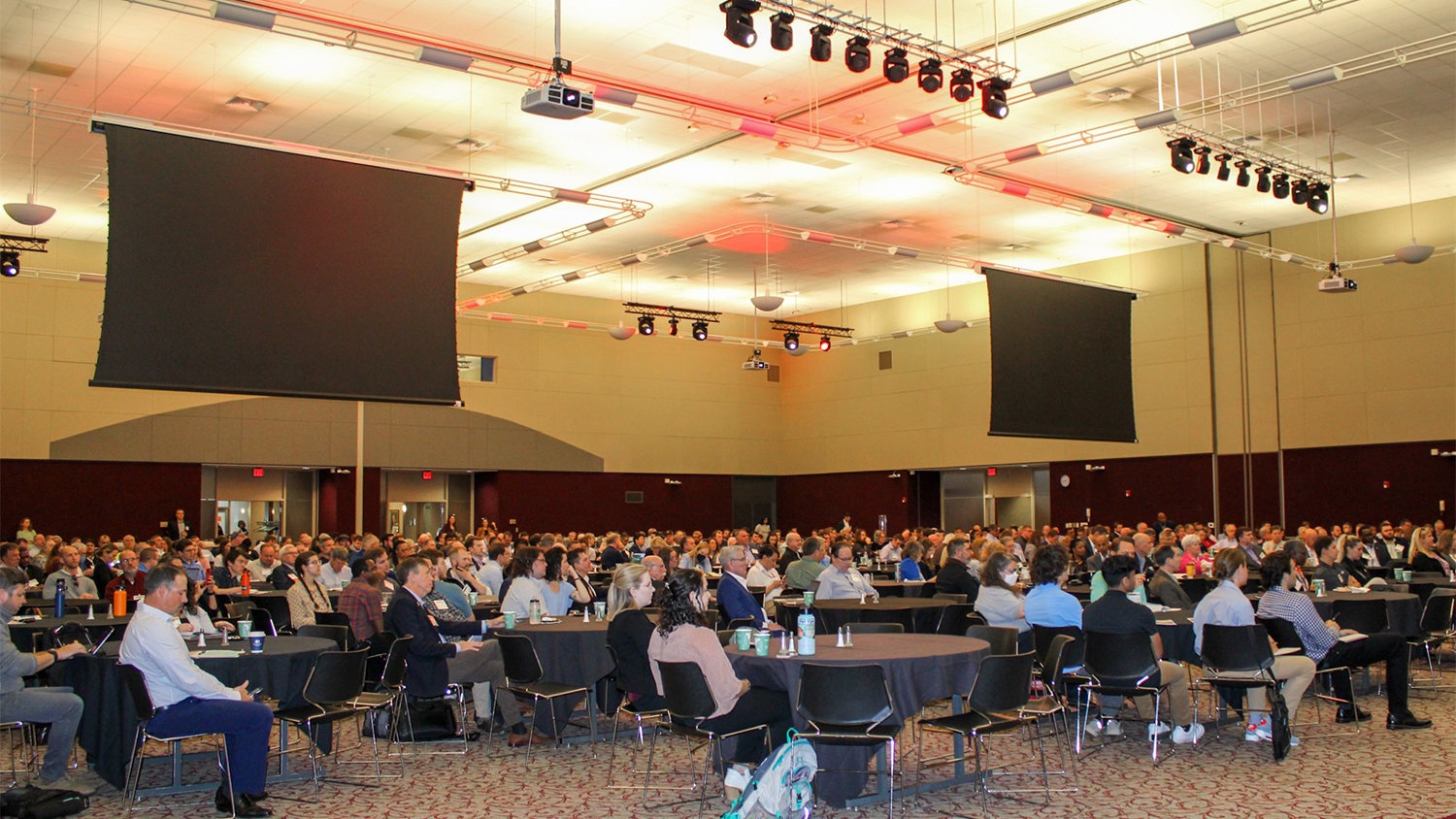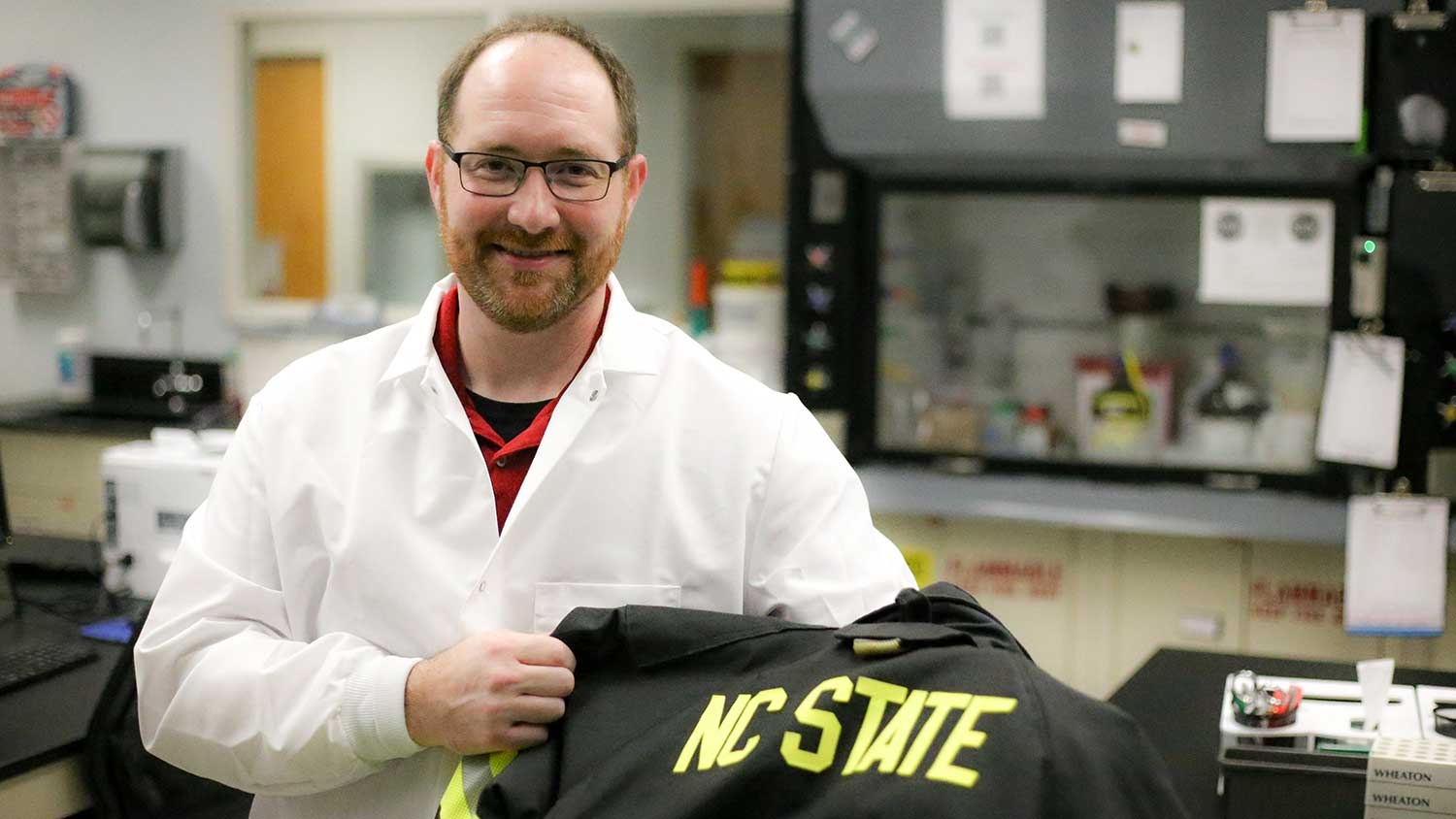Comments of Jim Yocum
Dean Martin Vega, Chancellor Woodson, Speaker Hackney, faculty, alumni and friends of the University. I am pleased and humbled by the opportunity to address the distinguished guests and to help dedicate this building to the service of the students of the university and to the citizens of the state of North Carolina.
Let me first thank the General Assembly, the legislative leadership and Governors past and present, for their foresight and leadership when they devoted scarce resources to fund the new Engineering Buildings I, II, and now III on Centennial Campus. These investments, along with the anticipated Engineering Buildings IV and V, will serve to make the College of Engineering and NC State an even stronger institution by providing the improved and upgraded infrastructure necessary to foster economic development in the state.
The new home for the Departments of Mechanical and Aerospace Engineering and Biomedical Engineering, as I have been privileged to see while under construction, is a technological innovation in its own right, providing several decades of students and faculty with a quantum leap in terms of tools for teaching and research.
As a mechanical engineering graduate, helping dedicate the department’s new home has brought to mind the changes in the field that have transpired over the years since I have graduated. The primary change has been the interdisciplinary application of the basic mechanical engineering principles to problems in electronics, energy and fuel efficiency, climatology and the like. Even in the short time during which I practiced what I would call “real” or tangible engineering tasks, I had to become much more adept in materials science, including metallurgy and polymer chemistry as well as electronic circuit design.
I am firmly of the belief that this trend will continue and for that reason, it is of the utmost importance that Biomedical Engineering, a field that barely existed when I graduated, is also housed here in Building III.
From the perspective of someone who has worked in many different roles in a number of industries, the most exciting ideas and opportunities arise when disciplines are bridged, when expertise is applied where one is an amateur, and when theories are challenged outside the orthodoxy. I think that some extraordinary opportunities will arise through the co-location of the largest and most-established engineering discipline with the newest.
Beyond the academic aspects of cross-discipline learning and research, the most important thing that NC State taught me was how to manage a collaborative process, how to take the contributions of all team members and combine them into a whole. As I have already alluded, every project I have worked on has been a collaborative effort, and the skills to handle the give-and-take of teams of opinionated individuals were taught to me by my professors and fellow students in Broughton Hall.
When collaboration truly clicks, it’s like fireworks going off. A few months ago, I was able to have lunch with a former colleague from Idealab, who had since sold his start-up to Yahoo. We were reminiscing about the early days of the Web-based start-up environment, when we all sat in the same rooms as our equipment, bathed in the heat and electromagnetic fields given off by the servers. The one “remember when” that I recall most vividly is the rapid evolution of ideas and the instant application from idea and theory to practice. Some call this sharing a simmering or melting pot, but the recollection of my friend was that these ideas went off like fireworks, exploding with color and noise. I would like to think that this is what will be fostered here in Engineering Building III in the years to come.
In my last year on campus, I spent most of my time in the basement of Broughton Hall, working on the test equipment for my senior engineering lab requirements. I put that to good use in my time as a manufacturing and automotive engineer in Gastonia, Atlanta, and Japan, but the dynamometer I most recall, was the one in the basement of Broughton.
More than 25 years ago, Centennial Campus was originally envisioned as a way to provide academia, industry and government the forum to interact, learn from each other, and spur each other to greater accomplishments than would be possible by remaining in their own silos. Following the example set its predecessors on campus, Engineering Building III will seed the opportunities that new graduates need by creating and recruiting new high-tech companies to North Carolina.
Over the last few decades, it has become fashionable to copy the model pioneered by Research Triangle Park and its concentrated mix of high-tech research and manufacturing. However, more recently it is the even-closer collaboration found at Centennial Campus that is receiving attention. This was brought home some years ago when, on a trip to Korea, when I was asked where I had received my engineering degree by one of the executives I was meeting with. When I said that I had graduated from NC State, his first comment was how impressed he was with Centennial Campus. So you can all take pride in how Centennial Campus is being emulated by other institutions around the globe.
So let me close by summarizing my admiration for what the leaders and taxpayers of North Carolina have achieved, especially when compared with what is happening to the public university systems in other states like the University of California and CalState systems where I live.
The determination to provide for the long-term, to anticipate the needs of citizens decades into the future, to envision what some call the “Long View” is made possible by political will. This is the willingness to forestall the competing demands of the here-and-now in order to provide options for coming generations the options they will need. Unfortunately, the judicious exercise of such political will occurs rarely these days. I am glad that for NC State and for the State of North Carolina, that the leaders of the state and the university work to ensure that the concept of the “common good” is not just a quaint turn of phrase.
So won’t you all join me and go inside to see the fireworks?
- Categories:


